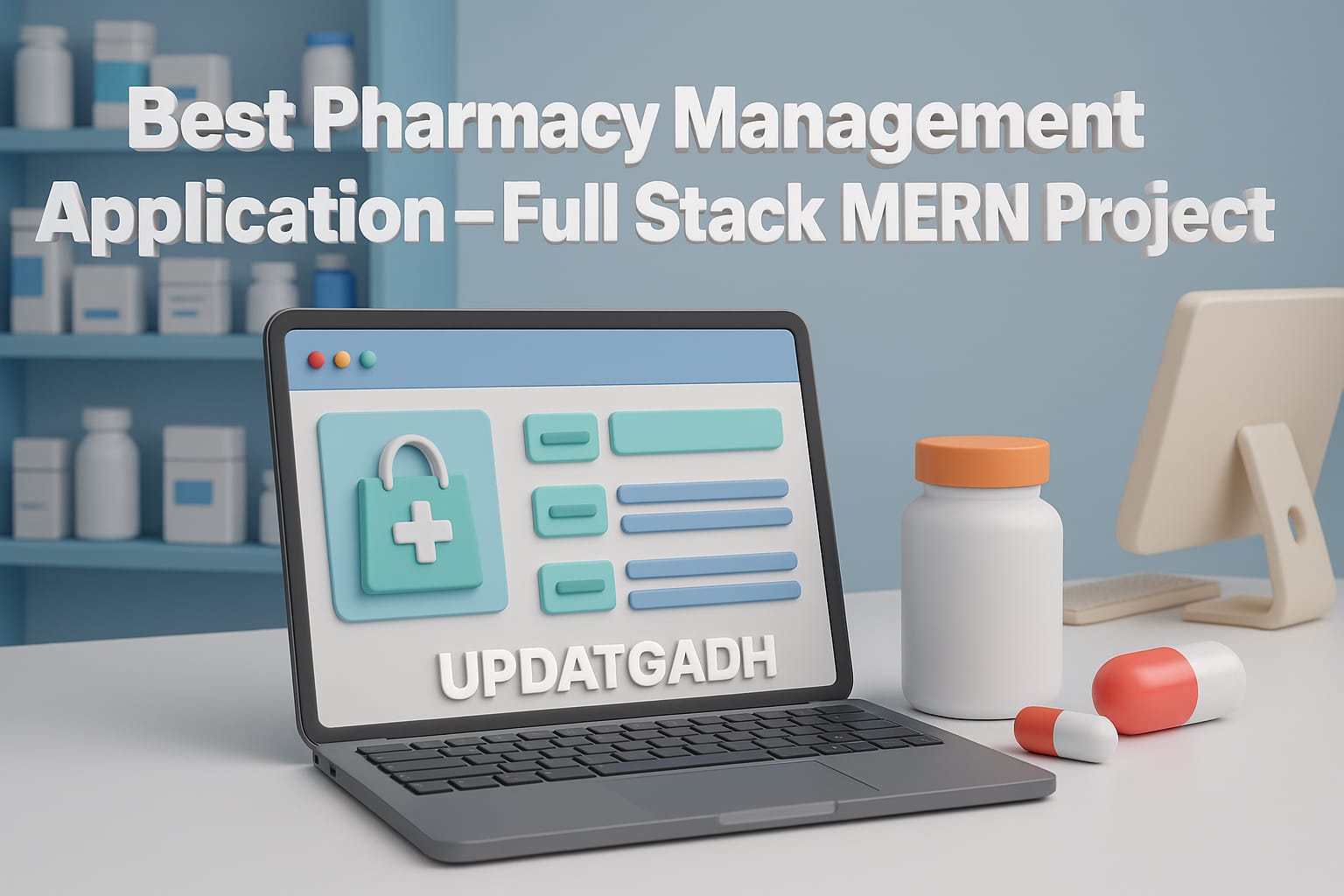
Best Oral Cancer Detection Using Deep Learning
Oral Cancer Detection
A simple project on Oral Cancer Detection developed using Flask, TensorFlow, Keras, and OpenCV (CV2) demonstrates the power of deep learning in solving real-world healthcare problems.
This web application is designed to detect the presence of oral cancer using histopathological images. It utilizes a custom-trained XceptionNet model that achieves an impressive 98% accuracy in identifying cancerous tissue.
Oral cancer is a major public health concern worldwide. Early detection plays a critical role in improving patient survival rates and minimizing the impact on their quality of life. Traditional diagnosis methods like histopathological examination, while accurate, are time-consuming and may introduce human error.
This project bridges that gap by using convolutional neural networks (CNNs) to perform fast, consistent, and accurate image classification — bringing the efficiency of artificial intelligence into medical diagnostics.
Best Final Year Project For Data Science :–Click Here
Project Overview
| Parameter | Details |
|---|---|
| Project Name | Oral Cancer Detection |
| Language/s Used | Python, HTML, CSS, JavaScript |
| Type | Machine Learning Web Application |
Project Description
The Oral Cancer Detection system is a Flask-based web application built to predict whether an input image shows signs of oral cancer or not. It uses a deep learning model trained on preprocessed histopathological images.
The backbone of this project is a custom XceptionNet architecture, a convolutional neural network that is fine-tuned to work efficiently on image classification problems. The model processes uploaded images, performs prediction, and displays the result (Cancer Detected / No Cancer Detected) directly on the web interface.
Best Advanced Python Projects:-Click Here
The primary goal of this project is to assist medical professionals and researchers in early-stage cancer identification, reducing diagnostic delays and supporting accurate clinical decisions.
Available Features
The project focuses on essential yet powerful functionalities that make it practical and effective.
Here are the features included in this system:
- User-Friendly Web Interface
Built using Flask and HTML/CSS, the interface is clean and minimal, allowing users to upload images effortlessly. - Image Upload Functionality
Users can upload histopathological images directly through the web page to analyze potential cancerous cells. - Deep Learning Model Integration
A custom-trained XceptionNet model processes the uploaded image and classifies it with high accuracy. - Real-Time Prediction Display
After the image is uploaded, the system runs the model and displays the result instantly on the same page. - Preprocessing of Images
The uploaded image is preprocessed using OpenCV (CV2) for resizing, normalization, and feature extraction to ensure accurate model predictions. - High Accuracy (98%)
The model achieves around 98% accuracy during testing, demonstrating strong performance and reliability in detecting oral cancer.
Technologies and Tools Used
The project is developed using a combination of machine learning frameworks, web technologies, and image processing tools:
- Flask – Used as the backend framework to handle routes, render templates, and connect the deep learning model to the frontend.
- TensorFlow & Keras – Core libraries for building, training, and deploying the deep learning model (XceptionNet).
- OpenCV (CV2) – For image preprocessing and manipulation before feeding them into the neural network.
- HTML, CSS, JavaScript – For the front-end interface and displaying prediction results.
- Jupyter Notebook – Used for model training and evaluation.
Download New Real Time Projects :–Click here
Installation Guide (Using VS Code)
Follow these steps to set up and run the project locally on Visual Studio Code:
Step 1: Extract the Project
Download and extract the folder Oral-Cancer-Detection.zip to your preferred location.
Step 2: Open in VS Code
Open the extracted folder in Visual Studio Code.
Step 3: Create a Virtual Environment
It’s recommended to create a virtual environment for dependency management.
python -m venv venv
Activate it:
- For Windows:
venv\Scripts\activate - For macOS/Linux:
source venv/bin/activate
Step 4: Install Required Libraries
Use the following command to install all the dependencies from the requirements file.
pip install -r requirements.txt
Step 5: Verify Model File
Ensure that the trained model file (usually model.h5 or similar) is present in the project directory.
If not, place the pre-trained model in the designated model folder.
Step 6: Run the Flask Application
Once everything is set up, start the Flask server using:
python app.py
Step 7: Access the Web App
After running the above command, open your browser and navigate to:
http://127.0.0.1:5000/
You will see the home page of the Oral Cancer Detection web application.
Usage
The application workflow is simple and intuitive, making it easy for both students and professionals to use:
Best Final Year Project For JAVA :- Click Here
- Launch the Web App
Run the Flask server and open the web application in your browser. - Upload an Image
Click on the “Upload Image” button and select a histopathological image from your local system. - Prediction Process
The system automatically processes the image through the deep learning model. Preprocessing steps like resizing, normalization, and color-space conversion are performed internally. - Result Display
Within seconds, the model predicts and displays the output:- Cancer Detected
- No Cancer Detected
- Try Multiple Samples
You can test multiple images consecutively without restarting the server.
Project Workflow
Here’s a step-by-step breakdown of how the system functions internally:
- Image Upload – User uploads a histopathological image via the interface.
- Image Preprocessing – The image is resized and normalized for compatibility with the model.
- Model Prediction – The deep learning model (XceptionNet) analyzes image features.
- Result Output – The classification result (Cancer/No Cancer) is displayed on the webpage.
This structured pipeline ensures efficiency and accuracy in diagnosis, replicating a simplified version of how AI can assist in medical image classification.
Why This Project is Useful for Students
This project serves as an excellent learning experience for students exploring the intersection of machine learning and healthcare.
Here’s why:
- Hands-on Deep Learning Experience:
Students learn how to train and deploy a CNN-based model for image classification using real biomedical data. - Web Deployment Skills:
The integration of Flask teaches how to connect backend AI models with a frontend web interface. - Practical AI Application:
Unlike basic classification projects, this one tackles a real-world medical problem, showing how AI can aid in diagnostics. - End-to-End Implementation:
From preprocessing to model training and deployment, students understand every phase of a machine learning project. - Social Impact:
Working on healthcare-oriented applications helps students build socially beneficial solutions that could potentially assist doctors and researchers.
Best Final Year Project For SPRINGBOOT:–Click Here
Real-Life Applications
While this is a student-level project, it has strong implications in the medical field:
- Early Detection: Enables early identification of oral cancer from biopsy images.
- Diagnostic Assistance: Helps doctors by providing a secondary, quick opinion.
- Research Aid: Useful for academic institutions to train models on new cancer datasets.
- Automation in Healthcare: Demonstrates how AI can reduce workload and diagnostic delays in hospitals.
This project exemplifies how artificial intelligence can be applied beyond theory — creating a system that can genuinely contribute to human health and well-being.
Best Final Year Project For JSP :- Click Here
We have Best projects Available in all languages:–Click Here


oral cancer detection using deep learning github
oral cancer detection using deep learning ieee
oral cancer detection using deep learning research paper
oral cancer detection research paper
oral cancer detection using deep learning report
oral cancer detection dataset
oral cancer detection project
oral cancer detection using cnn








Post Comment